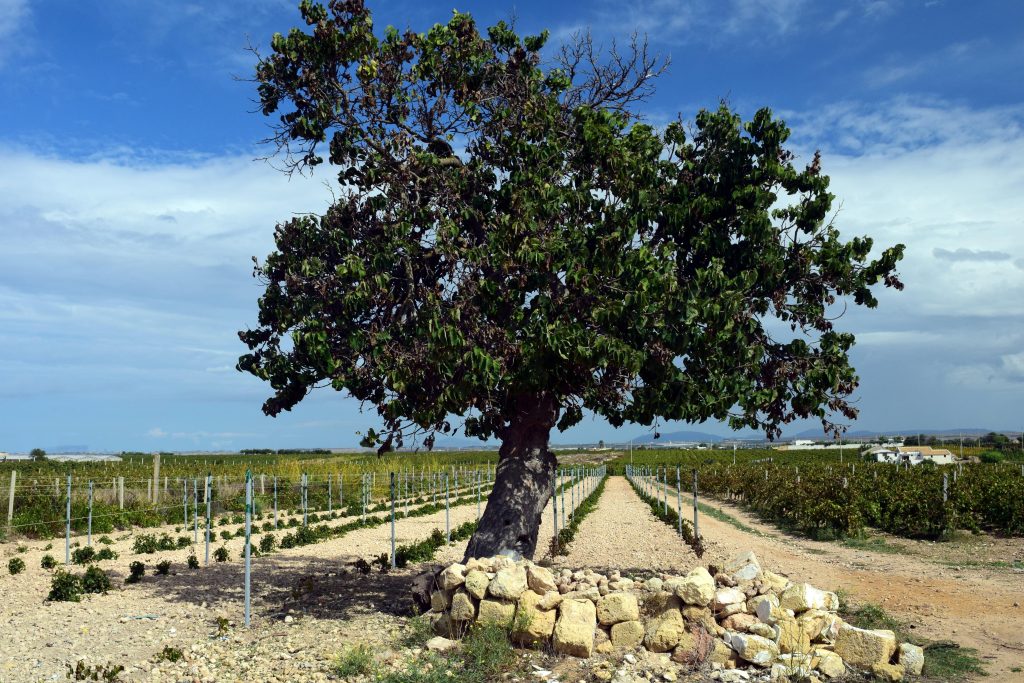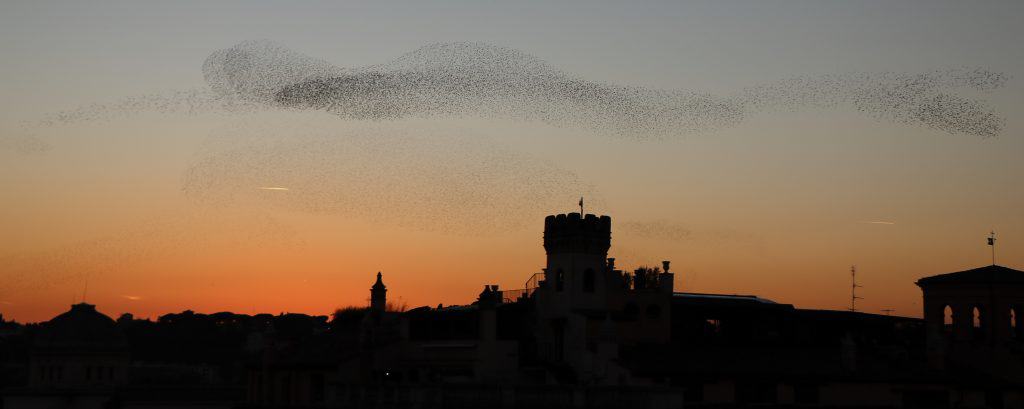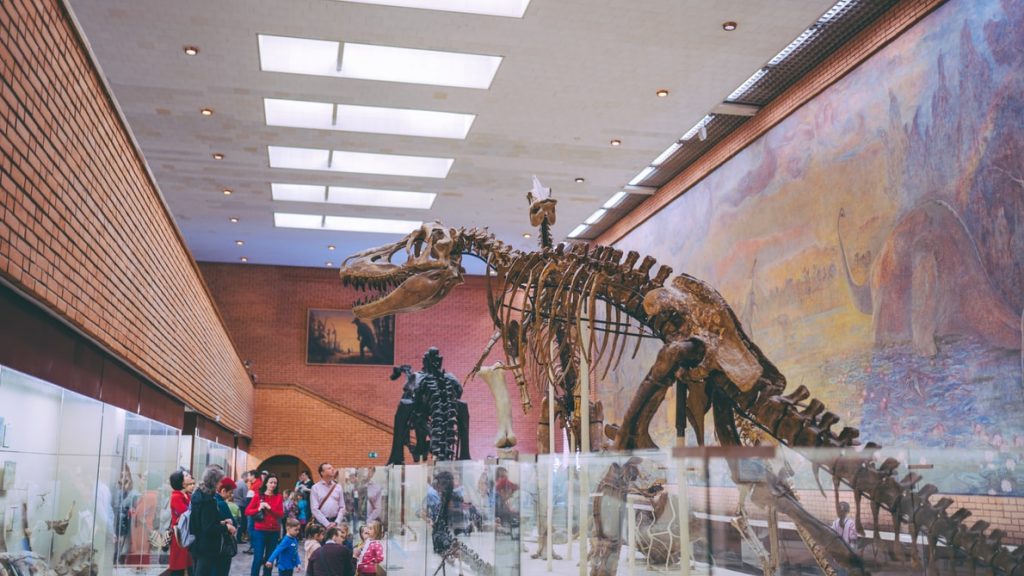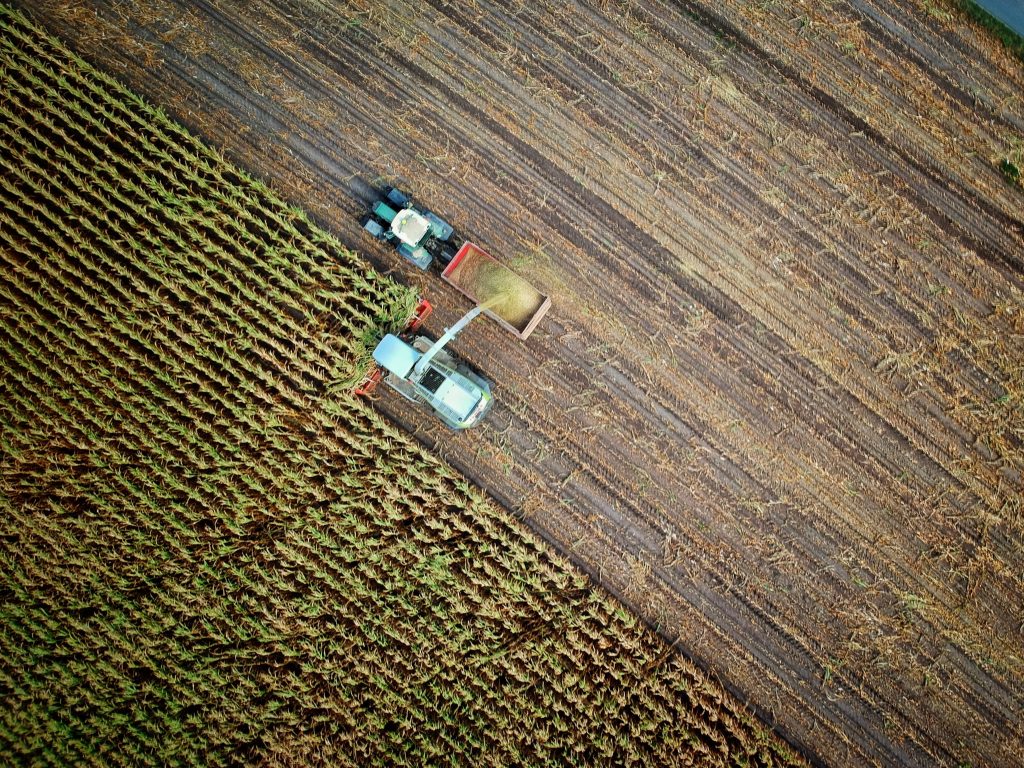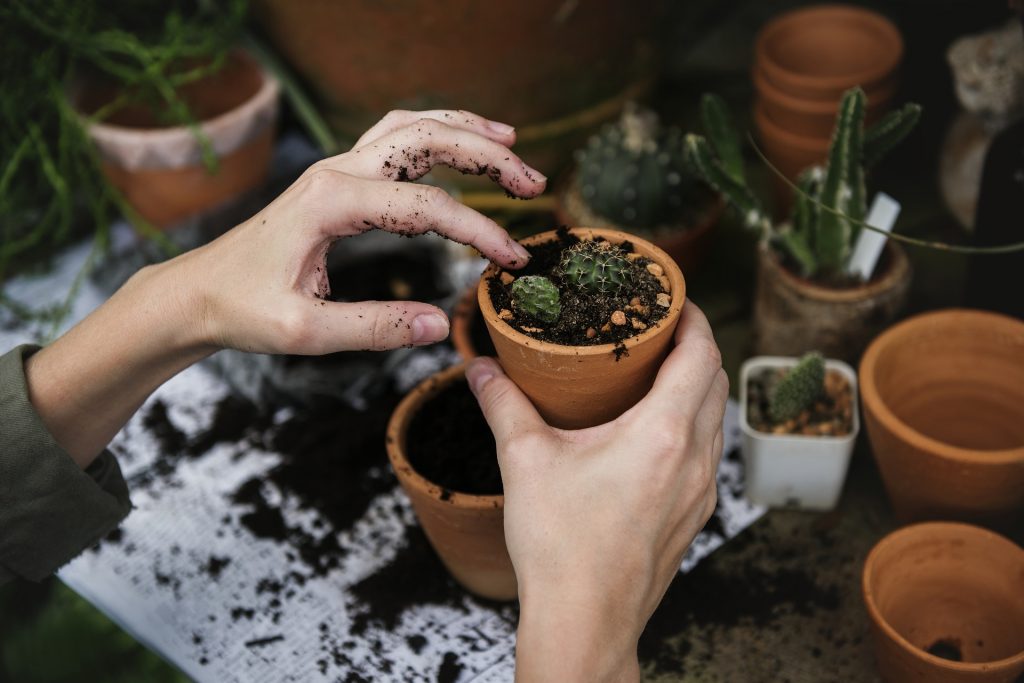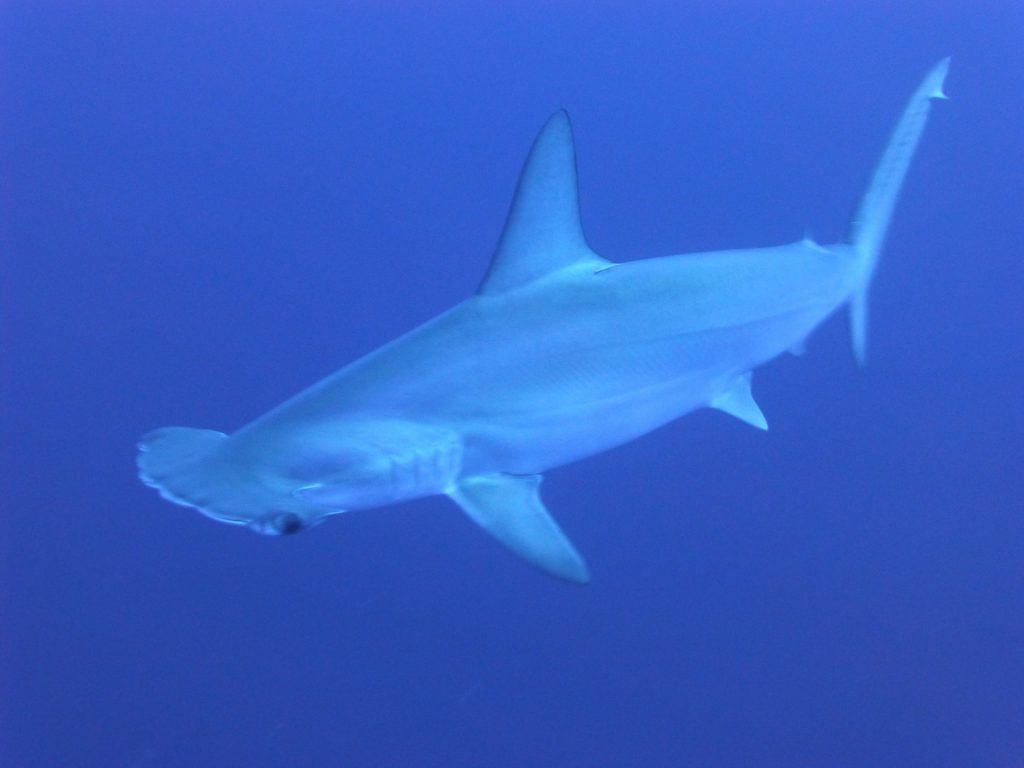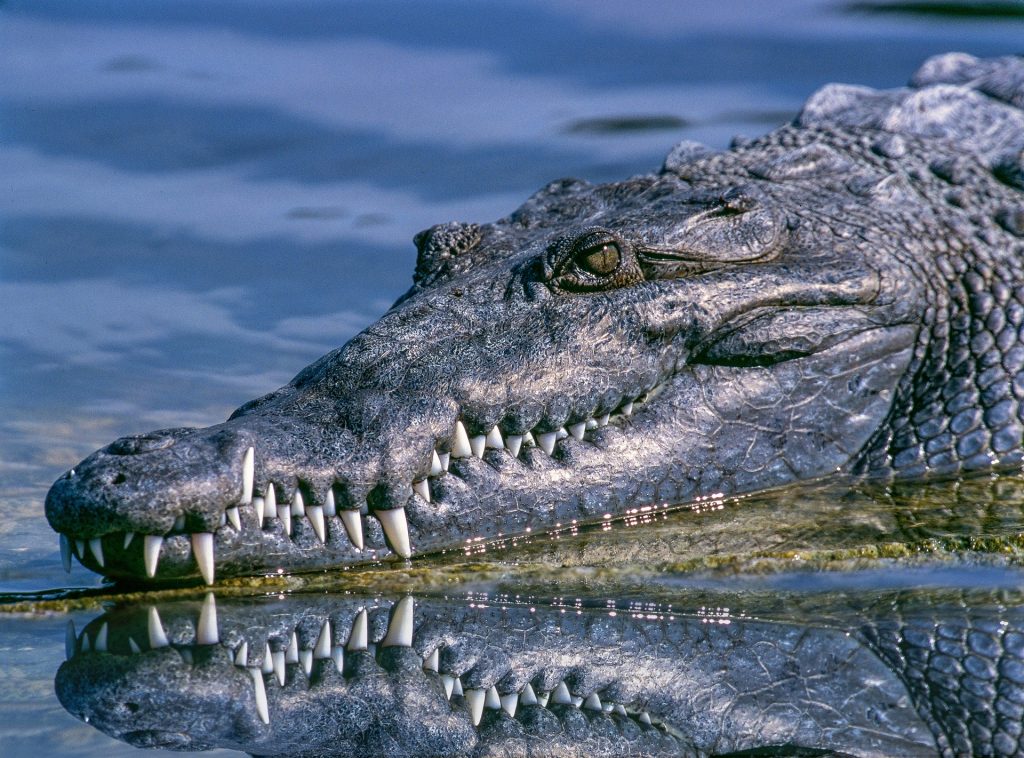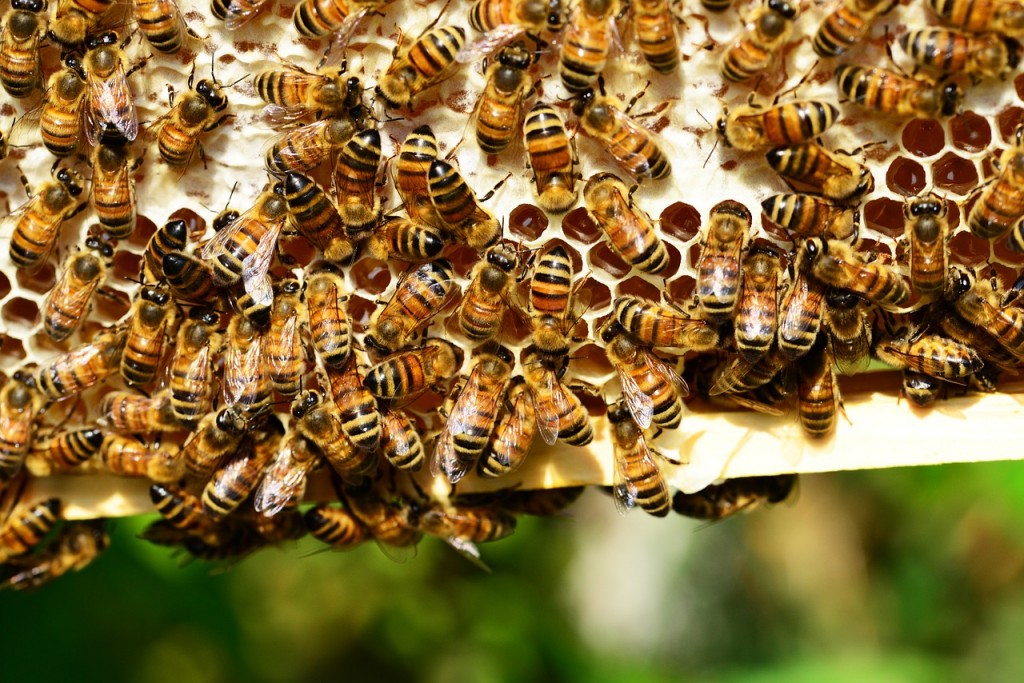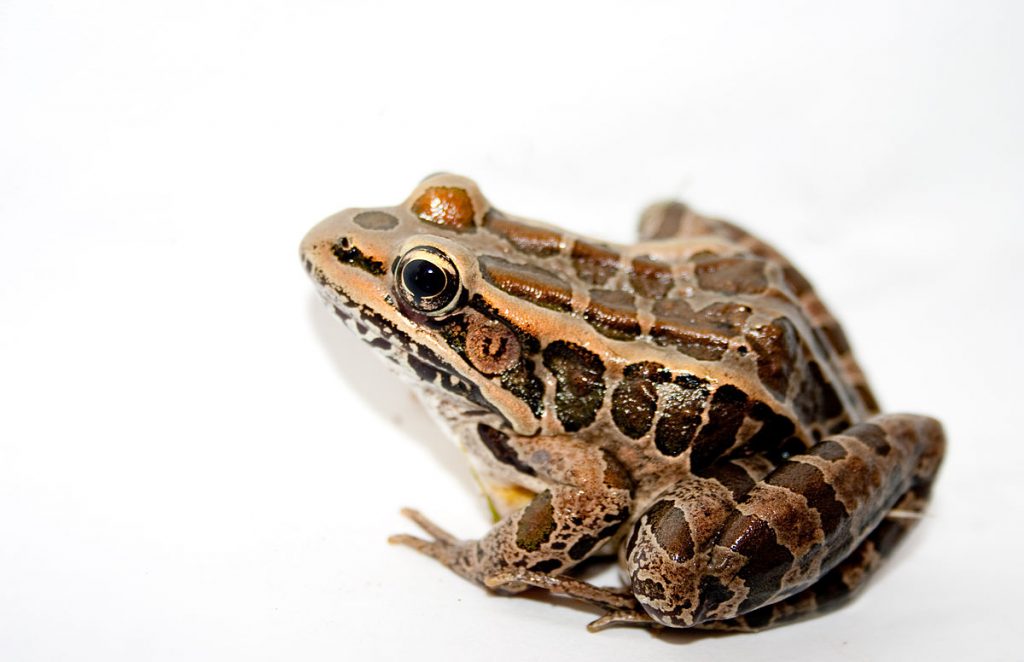Mulberries are often written off as a scrub tree, growing along and in fence lines, out of the side of other trees, and often too close to house foundations. They get in these unlikely and unwanted places because birds feast on the fruit in June and July when it’s ripe, spreading it’s seed wherever they …
